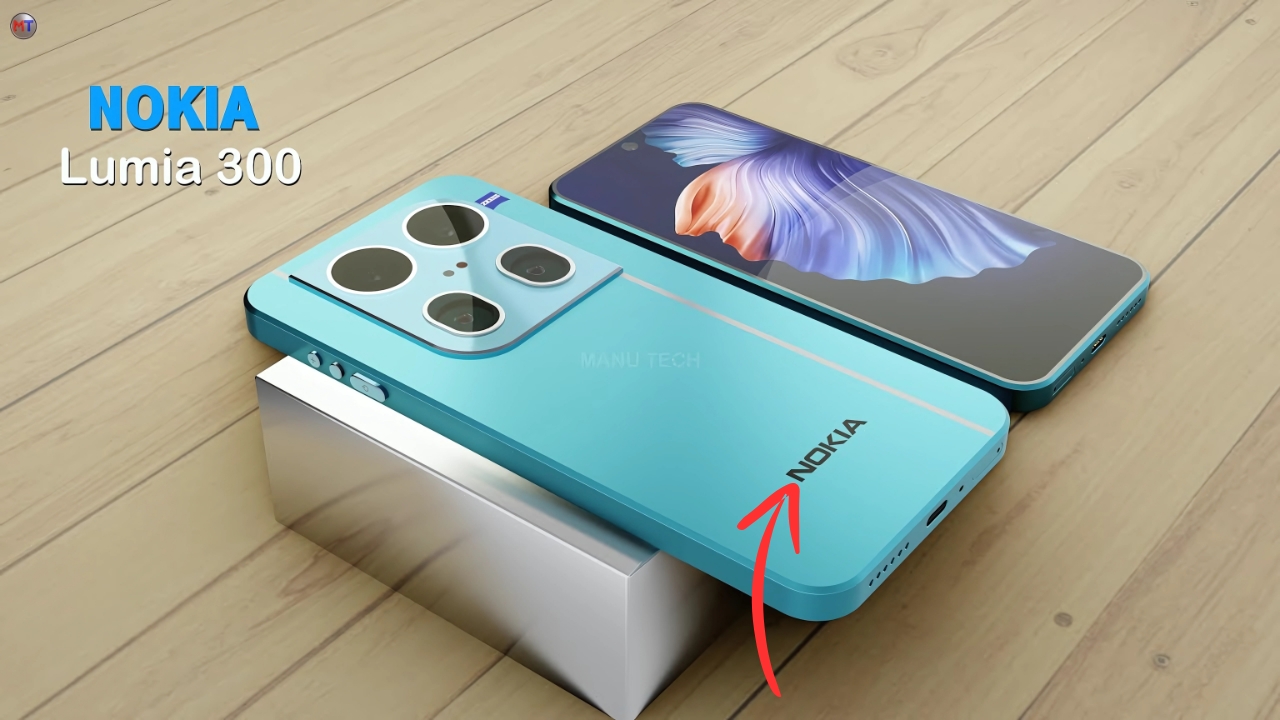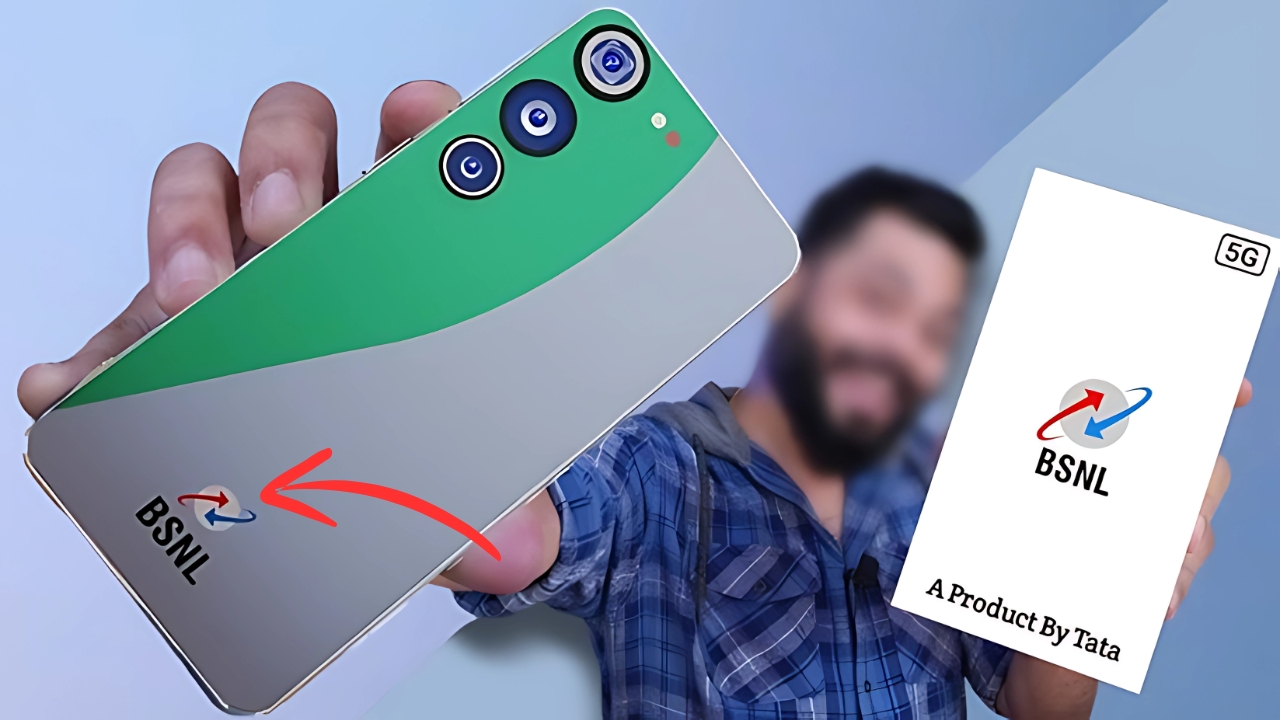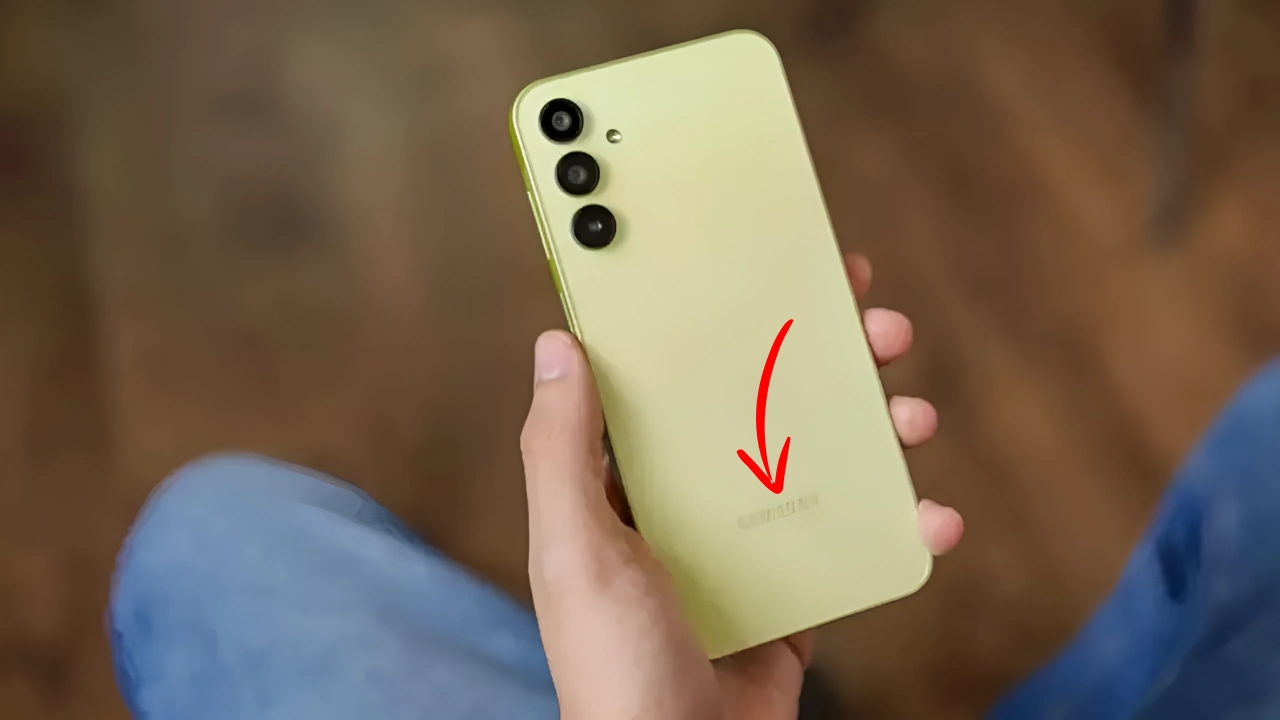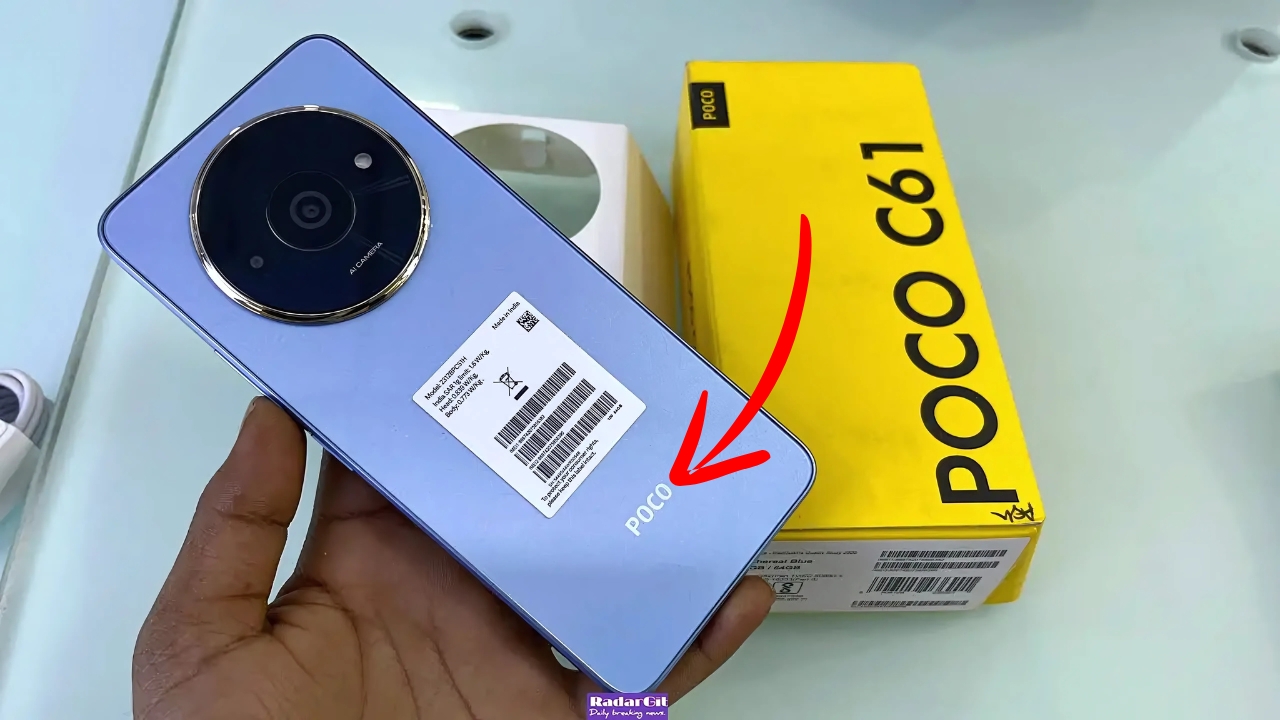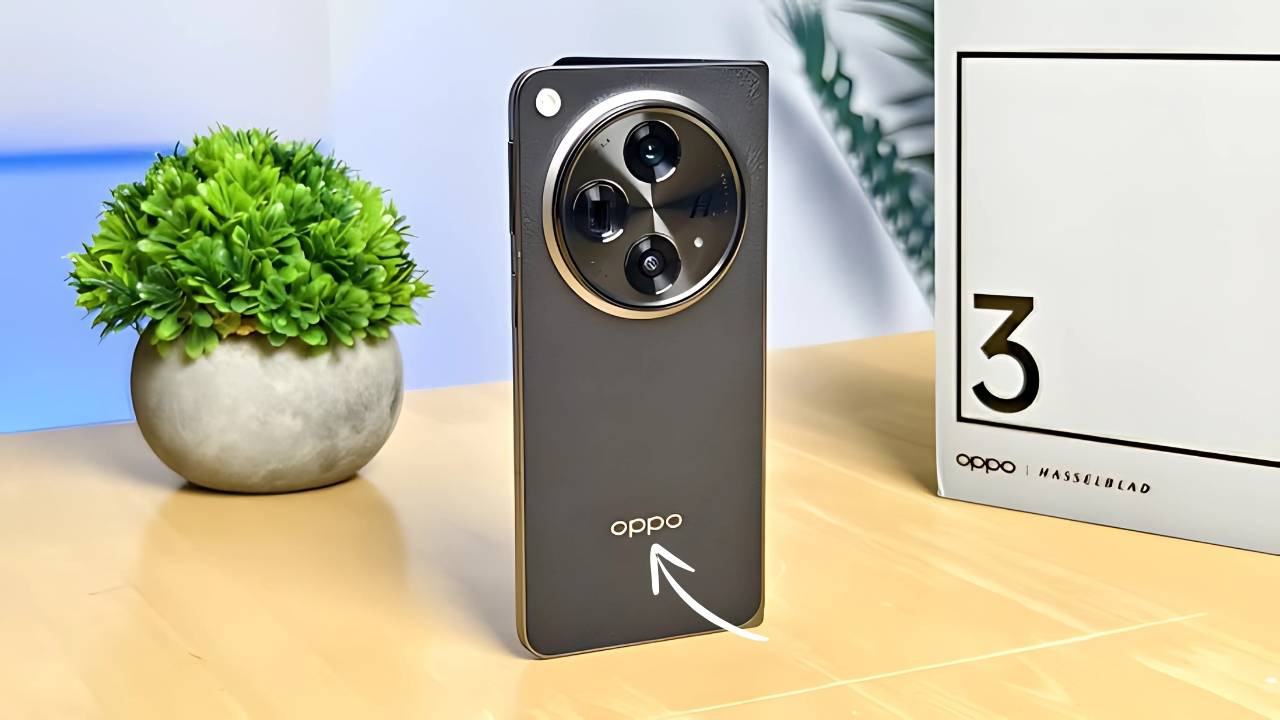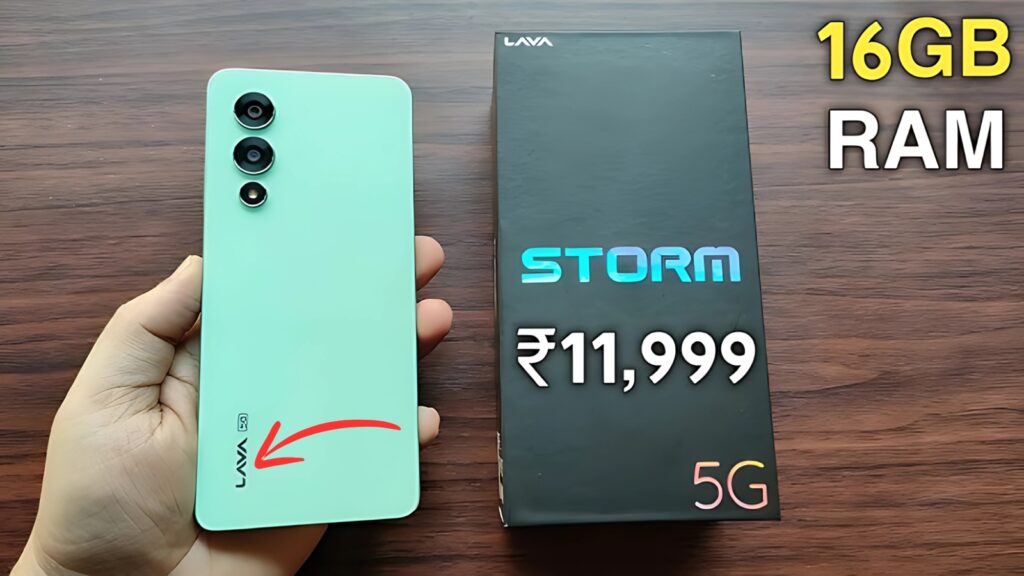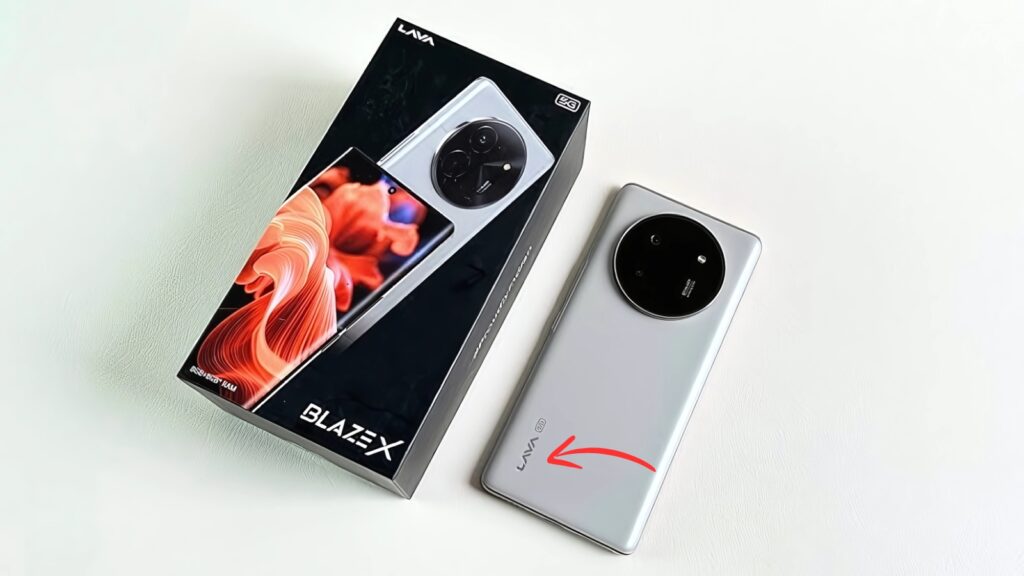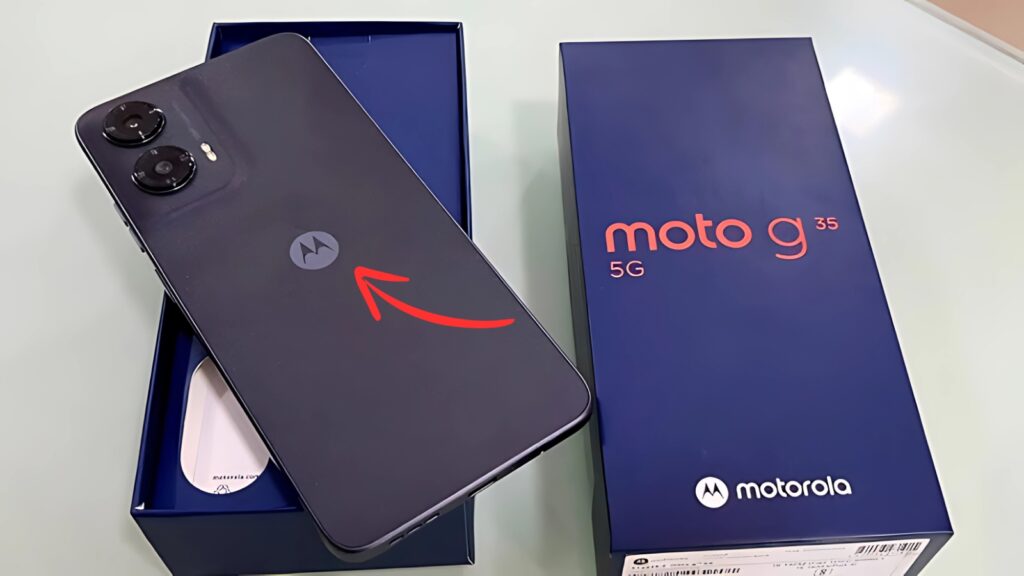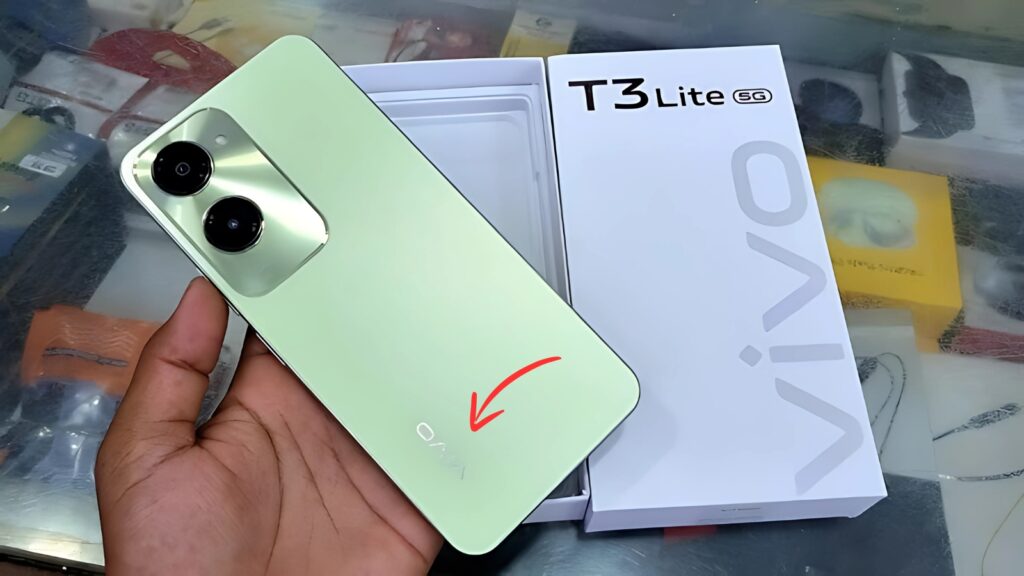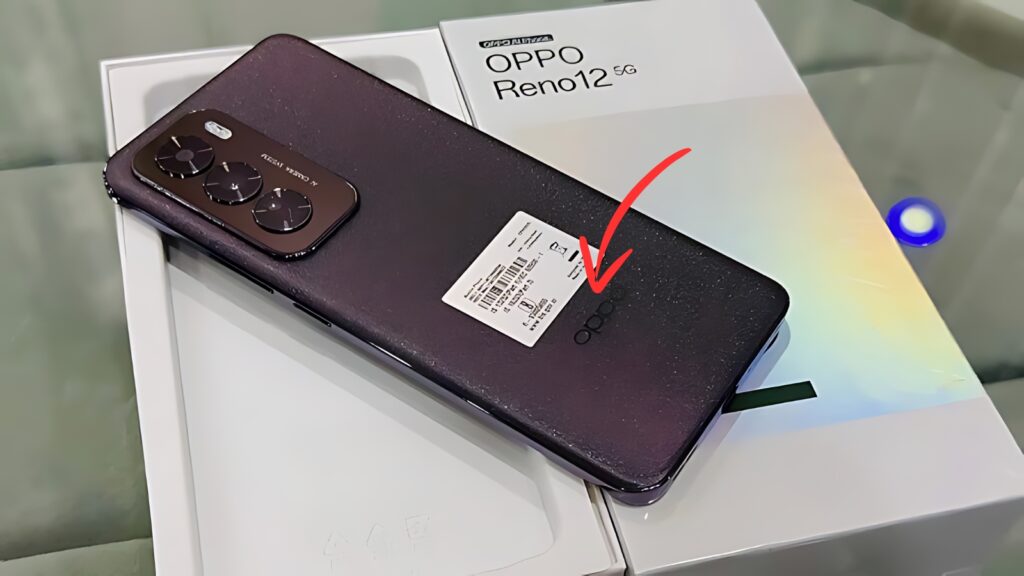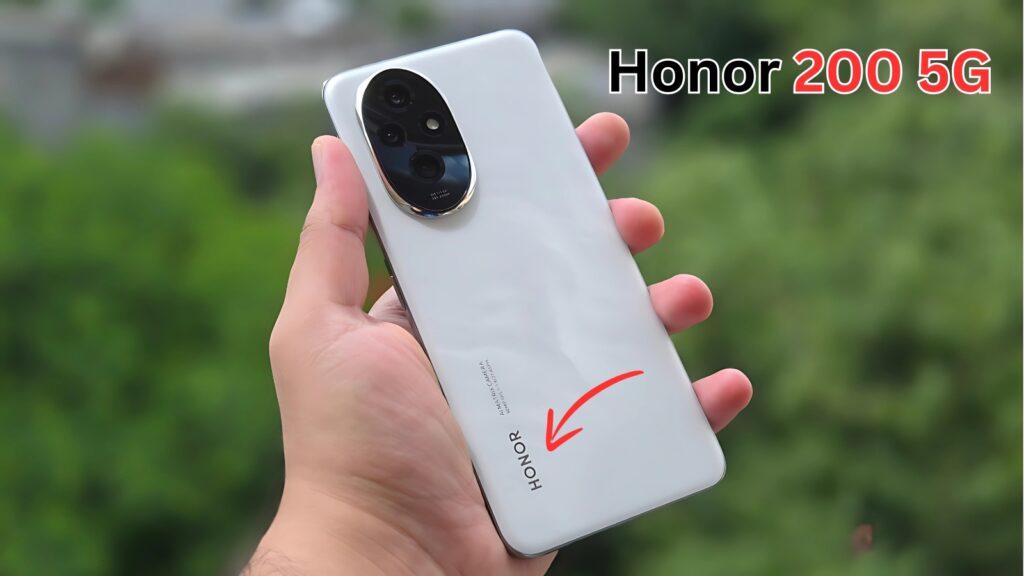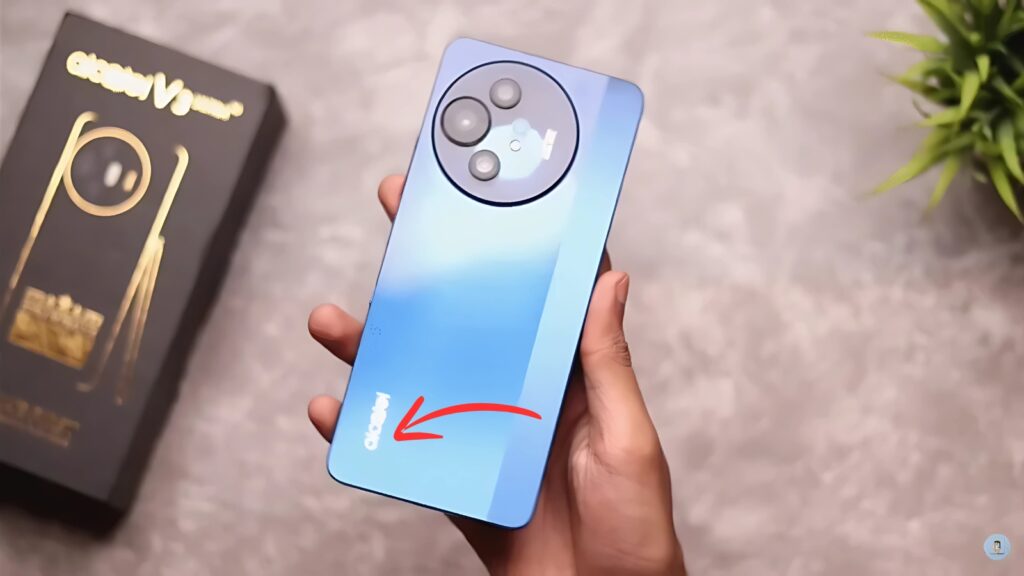iPhone 11: The iPhone 11 arrived during a transitional period in smartphone evolution.
Released in September 2019, it emerged when smartphones had largely settled into their modern form but before the industry’s pivot toward 5G connectivity and the work-from-anywhere paradigm that would soon follow.
Despite this timing and several subsequent generations of iPhones since its launch, the iPhone 11 continues to demonstrate remarkable staying power, remaining relevant through a combination of thoughtful design choices, capable hardware, and Apple’s commitment to long-term software support.
Design Philosophy: Refined Familiarity
The iPhone 11 represented an evolutionary rather than revolutionary approach to design, building upon the foundation established by the iPhone XR.
The familiar 6.1-inch form factor struck a comfortable balance between screen real estate and manageable size, while the aluminum frame sandwiched between glass panels provided both durability and premium feel.
Available in six colors—Purple, Yellow, Green, Black, White, and Product RED—the iPhone 11’s expanded palette introduced playful options alongside traditional choices, allowing for greater personal expression.
The matte-textured camera square, though initially polarizing, quickly became recognizable as a distinctive design element that would influence subsequent generations.
Perhaps most significant was Apple’s renewed focus on durability. The iPhone 11 featured what Apple described as the toughest glass in a smartphone at that time, coupled with improved water resistance rated for 2 meters of submersion for up to 30 minutes.
These enhancements acknowledged the reality that smartphones accompany us through increasingly diverse environments and situations.
The front maintained the notch housing Face ID components—a design element that had become less controversial since its introduction with the iPhone X.
The decision to preserve this approach rather than exploring punch-hole alternatives reflected Apple’s commitment to Face ID security and functionality over chasing bezel-free aesthetics.
What made the iPhone 11’s design particularly successful was its thoughtful balance of aesthetics, functionality, and durability.
Rather than pursuing thinness at all costs or implementing change merely for differentiation, Apple delivered a device that felt substantial and reliable in hand while remaining visually distinctive. This pragmatic approach to design has contributed significantly to the device’s enduring appeal.
Display Experience: Practical Excellence
The iPhone 11 featured a 6.1-inch Liquid Retina LCD with 1792 × 828 resolution at 326 pixels per inch.
While OLED displays had already appeared in Apple’s lineup with the iPhone X and continued in the contemporaneous iPhone 11 Pro models, the LCD panel in the iPhone 11 represented a strategic decision that balanced cost considerations with real-world performance.
Despite technical specifications that might appear modest on paper—particularly when compared to competing Android devices boasting higher resolution OLED panels—the iPhone 11’s display excelled in practical usage.
Color accuracy, a historically strong point for Apple, remained excellent, with True Tone technology automatically adjusting white balance to match ambient lighting. The wide color gamut (P3) support ensured vibrant yet natural reproduction of photos and videos.
Maximum brightness of 625 nits provided sufficient visibility in most outdoor conditions, while the oleophobic coating resisted fingerprints more effectively than many contemporaries.
The 60Hz refresh rate, though no longer exceptional by current standards, delivered smooth performance for most interactions.
What distinguished the iPhone 11’s display wasn’t record-setting specifications but rather its balanced, well-calibrated performance across varied usage scenarios.
Text remained crisp despite the sub-1080p resolution, videos displayed with natural colors, and battery life benefited from the more efficient LCD technology. For most users, these practical benefits outweighed the theoretical advantages of higher-specification alternatives.
Performance: Enduring Capability
At the heart of the iPhone 11 was Apple’s A13 Bionic chip, a 7nm processor comprising a six-core CPU (two high-performance cores and four efficiency cores) and a four-core GPU, supported by Apple’s third-generation Neural Engine.
Upon release, this represented class-leading mobile silicon, outperforming contemporary Android flagships in both synthetic benchmarks and real-world tasks.
More remarkable than its launch performance, however, has been the A13’s longevity. Years after release, the chip continues to handle modern applications with surprising grace.
This extended performance relevance stems from several factors: the raw computational headroom initially built into the chip, Apple’s tight integration of hardware and software, and the company’s focused approach to power management.
The 4GB of RAM, though modest by Android standards of the time, proved sufficient due to iOS’s different approach to memory management.
Storage options ranged from 64GB to 256GB, with the base model’s capacity occasionally proving restrictive for heavy media users but adequate for most consumers.
Perhaps most significant to the iPhone 11’s enduring performance has been Apple’s software support.
While many Android devices from the same era received two or three major OS updates at most, the iPhone 11 continues to receive the latest iOS versions with most new features intact, extending its functional lifespan far beyond typical smartphone obsolescence patterns.
Camera System: Versatility Meets Simplicity
The iPhone 11 marked a significant evolution in Apple’s camera philosophy, introducing an additional ultra-wide lens to complement the standard wide camera.
This dual-camera system—comprising a 12MP f/1.8 wide camera and a 12MP f/2.4 ultra-wide camera with 120-degree field of view—provided creative flexibility without overwhelming users with excessive options.
The primary camera built upon the already capable shooter from the iPhone XR with improved Smart HDR, better low-light performance, and 100% Focus Pixels for faster autofocus.
Night Mode represented a particularly significant advancement, automatically activating in low-light situations to capture surprisingly detailed images through computational photography.
The ultra-wide camera opened new creative possibilities, allowing users to capture expansive landscapes, tight interior spaces, and large group shots without changing position.
While lacking optical image stabilization and offering somewhat reduced low-light performance compared to the main camera, it nonetheless provided valuable versatility for everyday photography.
Video capabilities remained a strength, with 4K recording at up to 60fps and extended dynamic range at 30fps. Particularly impressive was the smooth transition between lenses while recording, allowing for creative zooming effects without disrupting the capture process.
Audio zoom functionality intelligently focused sound recording on the visual subject, improving overall video quality in noisy environments.
The front-facing 12MP TrueDepth camera supported 4K video and slow-motion selfies (dubbed “slofies” in Apple’s marketing), while also enabling Face ID authentication and Animoji/Memoji features.
Portrait mode functionality extended to both front and rear cameras, with improved subject detection and separation compared to previous generations.
What made the iPhone 11’s camera system particularly successful was its focus on delivering reliable, high-quality results with minimal user intervention.
Rather than emphasizing manual controls or specialized shooting modes, Apple prioritized consistent performance across varied conditions, allowing users to capture compelling images without photographic expertise.
Battery Life and Charging
Apple claimed the iPhone 11 delivered up to one hour longer battery life than the already impressive iPhone XR, a promise that real-world usage largely confirmed.
The combination of efficient hardware, software optimization, and physically larger battery enabled all-day performance for most users, with many reporting comfortable two-day usage with lighter workloads.
The device supported 18W fast charging, capable of restoring 50% battery in approximately 30 minutes, though Apple controversially continued to include only a 5W charger in the box (a practice later extended to removing chargers entirely with the iPhone 12 series). Wireless charging supported the Qi standard at up to 7.5W, providing convenient if slower replenishment.
Battery health management features introduced in iOS 13 helped preserve long-term battery capacity by intelligently managing charging patterns, particularly during overnight charging.
This approach acknowledged the reality that many users keep their devices for multiple years, making battery longevity increasingly important.
iOS Ecosystem Integration
As with all Apple products, the iPhone 11’s hardware tells only part of the story.
The device’s integration with the broader Apple ecosystem represented a significant value proposition for many users, with features like Handoff, Continuity, AirDrop, and iCloud creating seamless workflows across Apple devices.
The introduction of Apple Arcade and Apple TV+ around the same time as the iPhone 11’s launch expanded the service offerings available to users, while improvements to core apps like Photos, Maps, and Reminders enhanced everyday functionality.
Privacy features, increasingly central to Apple’s differentiation strategy, provided meaningful protections without significantly impacting usability.
Most significant for long-term value was Apple’s commitment to software updates.
Unlike many Android devices which might receive major OS updates for two or three years, the iPhone 11 has continued receiving the latest iOS versions with most new features supported, effectively delivering a refreshed experience annually without hardware replacement.
Specifications Table
| Feature | Specification |
|---|---|
| Dimensions | 150.9 × 75.7 × 8.3 mm |
| Weight | 194 grams |
| Display | 6.1-inch Liquid Retina LCD, 1792 × 828 pixels, 326 ppi |
| Processor | Apple A13 Bionic (7nm+) |
| RAM | 4GB |
| Storage | 64GB / 128GB / 256GB |
| Rear Cameras | 12MP f/1.8 wide (OIS) + 12MP f/2.4 ultra-wide (120° FOV) |
| Front Camera | 12MP f/2.2 TrueDepth camera |
| Video Recording | 4K@24/30/60fps, 1080p@30/60/120/240fps |
| Battery | ~3110 mAh non-removable |
| Charging | 18W fast charging, Qi wireless charging (7.5W) |
| Biometrics | Face ID |
| Water Resistance | IP68 (2 meters for 30 minutes) |
| Operating System | iOS 13 (upgradable) |
| Connectivity | 4G LTE, Wi-Fi 6, Bluetooth 5.0, NFC, GPS |
| Colors | Black, Green, Yellow, Purple, Red, White |
| Audio | Stereo speakers, no headphone jack |
Key Strengths and Considerations
Strengths:
-
Long-term Software Support: Apple’s commitment to extended iOS updates has kept the iPhone 11 relevant long after release, with most new features supported.
-
Battery Endurance: The combination of efficient hardware and optimized software delivers reliable all-day battery life under typical usage patterns.
-
Camera Versatility: The dual-camera system balances creative flexibility with user-friendly operation, consistently producing high-quality images across varied conditions.
-
Performance Longevity: The A13 Bionic processor maintains comfortable performance even with modern applications and newer iOS versions.
-
Build Quality: Improved durability features and solid construction have allowed many iPhone 11 units to remain in service years after purchase with minimal physical deterioration.
Considerations:
-
Display Technology: The LCD panel, while well-calibrated, lacks the contrast and power efficiency of OLED screens found in the Pro models and many competitors.
-
Base Storage: The entry-level 64GB configuration can prove restrictive for users who capture numerous photos and videos or install many large applications.
-
Charging Speed: Maximum charging rates, while improved from previous generations, fall behind many Android competitors of the same era.
-
Notch Design: The relatively large notch housing Face ID components reduces usable screen space compared to punch-hole or under-display alternatives.
-
Connectivity Limitations: The lack of 5G support, while not immediately significant at launch, becomes increasingly relevant as networks expand coverage.
The Value Proposition Over Time
What makes the iPhone 11 particularly noteworthy is how its value proposition has evolved since release.
Initially positioned as Apple’s mainstream offering—balancing features and affordability between the base and Pro models—it has transitioned into a compelling option in the mid-range market through a combination of price reductions and continued software support.
For first-time iPhone buyers, those upgrading from significantly older models, or users with moderate performance requirements, the iPhone 11 continues to offer a balanced experience that handles everyday tasks with ease while providing access to the broader Apple ecosystem.
The absence of 5G connectivity remains the most significant technical limitation for forward-looking users, though practical benefits of 5G remain highly dependent on location and usage patterns.
iPhone 11 Conclusion
The iPhone 11 represents one of Apple’s most successful mainstream devices, combining thoughtful design, capable technology, and long-term support into a package that has remained relevant well beyond typical smartphone lifecycles.
Its continued viability years after release stands as testament to Apple’s approach of building devices with significant performance headroom and supporting them with software updates for extended periods.
In an industry often driven by specification escalation and feature proliferation, the iPhone 11’s enduring appeal offers valuable perspective on what truly matters in everyday smartphone usage.
By prioritizing reliable performance, capable photography, all-day battery life, and consistent software experience over bleeding-edge specifications, Apple created a device that continues to serve users effectively long after many contemporaries have been relegated to drawer storage or recycling centers.
For consumers and manufacturers alike, the iPhone 11’s legacy demonstrates that meaningful innovation isn’t always about introducing unprecedented features or capabilities, but sometimes about refining existing technologies into a more balanced, accessible, and long-lasting package.
In this respect, the iPhone 11 achieves a quiet excellence that extends far beyond its technical specifications or initial marketing positioning.

